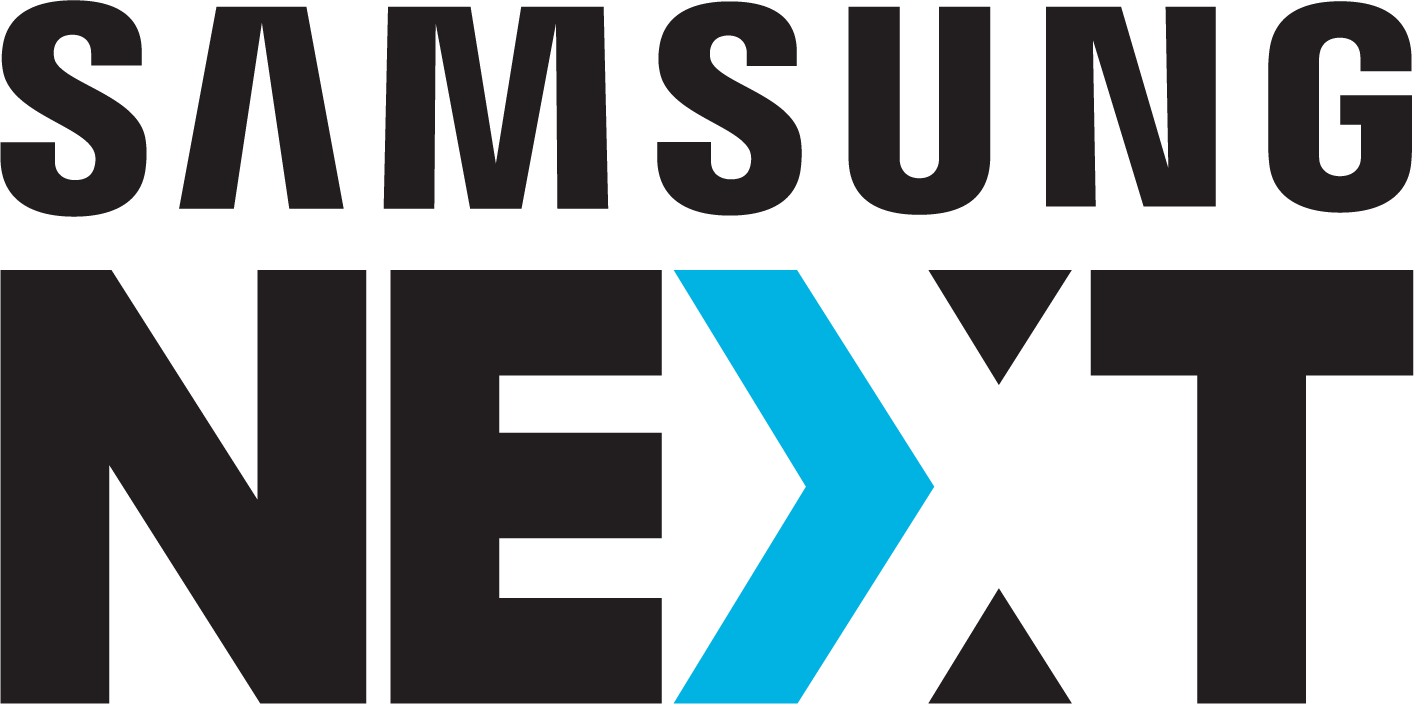How is AI changing the world?
What we thought was virtually impossible in 2014 has become possible with just a few lines of code, thanks to deep learning and AI innovation. The field is moving at such a fast pace that it’s practically impossible to keep up.
To address this, we’ve hosted a series of events focused on “How AI is Changing the World,” with the goal of showcasing what is being done by cutting-edge AI groups from around the world. We wanted to share what you can do with AI today, while also sparking innovation by talking about what AI might be able to accomplish in the future.
We held events in New York City, Tel Aviv, and San Francisco from June to November 2019, and have recorded talks from 12 different companies and working groups in the field of AI.
Through this international effort, we have gotten a glimpse into the advances of applied AI from a variety of perspectives. They range from small companies like agriculture tech startup Taranis to research groups and AI labs from established companies like Google and Uber.
In five years, what pipe dream will become a reality with just a few lines of code? Check out some of these talks, and let us know what you think.
How K Health is using AI to change healthcare
Scott Chesrwon, Senior VP of Operations, on how K Health uses data and AI to facilitate a conversation about your symptoms with your healthcare provider.
How Hopper is using AI to change air travel
Ella Alkalay, VP, of Data Science, on how Hopper predicts the cost of airline tickets so that users can time their purchase to catch the lowest cost.
How Giphy is using AI to change social communication
Anthony Johnson, CTO of Giphy, describes how challenging something as simple as searching for a GIF can be.
How Nexar is using AI to change auto safety
Nexar founder and CEO Eran Shir shares how the company’s AI-powered algorithms analyze video streams from dashcam footage to detect objects that might potentially pose an obstacle or cause an accident — such as other vehicles, traffic lights, potholes, and traffic signs.
How NEC Labs is using AI to change healthcare
Tsvi Lev, the head of NEC Labs in Israel, shares how his organization is integrating different AI-based solutions in pathology, radiology, ophthalmology, and other fields of study into single packages.
How Taranis is using AI to change agriculture
Taranis founder and CEO Ofir Schlam detailed how his company is helping to combat common agricultural problems with a drone-based AI system that can quickly scan fields and alert farmers to problems before they spread.
How Uber is using AI to study neural networks
Research scientist and founding member of Uber AI Labs Jason Yosinski shared research into how neuron layers in neural nets, a subset of machine learning, play a part in helping or hindering the learning process.
How RigD is using AI to change crisis management
RigD founder and CEO Justin Griffin describes how its technology can help other companies better understand and respond to a crisis situation.
How D-ID is using AI to change facial recognition
D-ID founder and CEO Gil Perry demonstrated how his company’s software can use AI to change photos and make them unrecognizable to facial recognition software, while still familiar to humans.
How Google is using AI to change the world
Martin Aguinis, Product Marketing Manager at Google, describes how the search giant is using AI in its applications, as well as how it is making machine learning applications more widely available to other companies.
How Cocoon Health is using AI to change childcare
Cocoon Health founder and CTO Pavan Kumar explains how its Cocoon Cam baby monitor can track an infant's breathing rate, sleep patterns, and physical activity, and can even alert parents before an infant wakes, or if it might be becoming sick.

